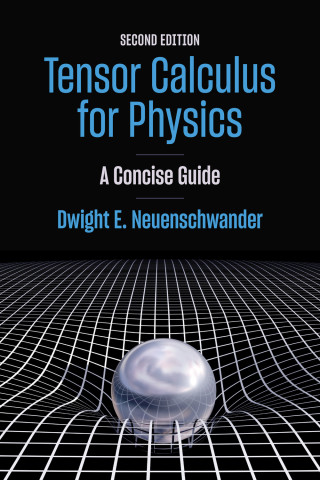
Reviews
I found this book to be very interesting and I enjoyed exploring the problems with the power and simplicity of Gilmore's approach.
Gilmore will indulge many instructors' desires to dwell on problem-solving techniques in introductory quantum mechanics despite the ever-expanding menu of critical topics that need to be covered.
A rich source of ideas for activities or projects suitable for students in an intermediate quantum mechanics or a computational physics course... Highly recommended to those teaching undergraduate quantum mechanics.
This is the full-blooded version of an undergraduate course... aimed at the second-year undergraduate.
No other work offers as many insights into the behavior of wavefuntions in one dimension, or offers such a systematic treatment of this problem. A novel and useful contribution to the physics community.
Book Details
Preface
Part I: Foundations
Chapter 1. Schrödinger's Equation
Chapter 2. Solutions in a Constant Potential
Chapter 3. Wavefunctions across a Boundary
Chapter 4. Piecewise Constant Potentials
Chapter 5
Preface
Part I: Foundations
Chapter 1. Schrödinger's Equation
Chapter 2. Solutions in a Constant Potential
Chapter 3. Wavefunctions across a Boundary
Chapter 4. Piecewise Constant Potentials
Chapter 5. Momentum Conservation
Chapter 6. Preview of Boundary Conditions
Chapter 7. Units
Part II: Scattering
Chapter 8. Boundary Conditions
Chapter 9. A Simple Example
Chapter 10. Coding and Validation
Chapter 11. Shape of Barrier
Chapter 12. Asymptotic Behavior
Chapter 13. Phase Shifts
Chapter 14. Double Barrier
Chapter 15. Multiple Barriers
Chapter 16. Probability Distributions
Chapter 17. Combining Barriers
Chapter 18. Quantum Engineering
Chapter 19. Variations on a Theme
Part III: Bound States
Chapter 20. Boundary Conditions
Chapter 21. A Simple Example
Chapter 22. Coding and Validation
Chapter 23. Shape of Potential
Chapter 24. Dependence on Parameters
Chapter 25. Relation between Bound and Scattering States
Chapter 26. Double and Multiple Well Potentials
Chapter 27. Level Splitting
Chapter 28. Symmetry Breaking
Chapter 29. Wavefunctions
Chapter 30. Superpositions, Overlaps, and Probabilities
Chapter 31. Symmetry and Wavefunctions
Chapter 32. Transmission Resonances and Bound States
Chapter 33. Creation of Bound States
Chapter 34. Quantum Engineering
Chapter 35. Variations on a Theme
Chapter 36. The Sine Transform
Part IV: Periodic Potentials
Chapter 37. Boundary Conditions
Chapter 38. A Simple Example
Chapter 39. Coding and Validation
Chapter 40. Asymptotic Behavior
Chapter 41. Relation among Boundary Conditions
Chapter 42. Wavefunctions and Probability Distributions
Chapter 43. Alloys
Chapter 44. Superlattices
Chapter 45. Impurities
Chapter 46. Quantum Engineering
Index





